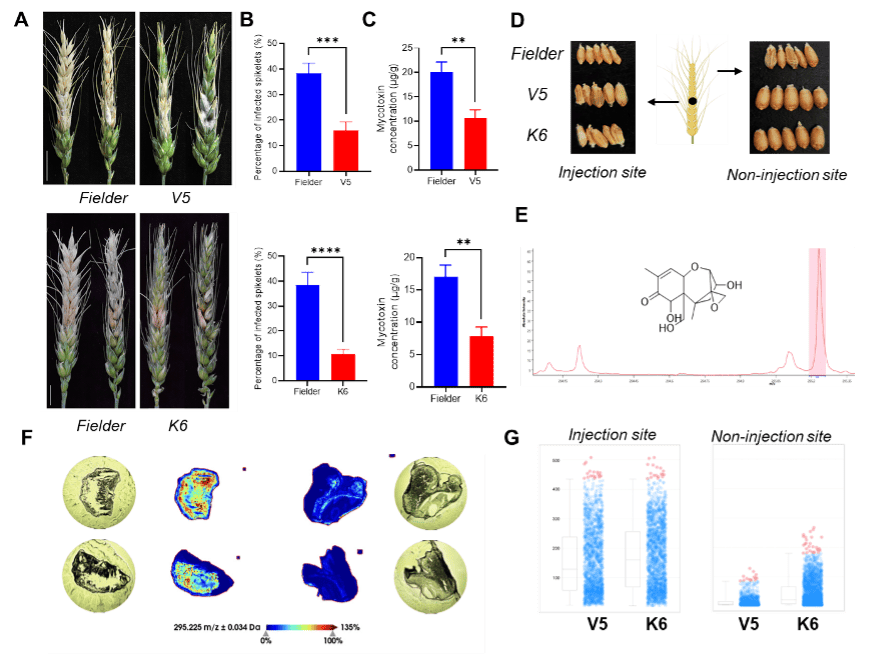Journal of Advanced Research: AI uncovers new genes to protect wheat from toxic fungus
Together with researchers from the Chinese Academy of Sciences, we have harnessed AI to discover new genes that could help protect wheat from toxin-producing fungus. The results have been recently published in the Journal of Advanced Research (IF 13, acceptance rate 5%).
Deoxynivalenol (DON) is produced by the fungus Fusarium graminearum. DON not only harms humans and animals when contaminated grains are consumed, but also acts as a weapon for the fungus, helping it spread rapidly through wheat plants. The result is Fusarium head blight (FHB), a devastating disease that causes billions of dollars in crop losses worldwide each year.
AI Hunts for Nature’s Detoxifiers
In the newly accepted study, we developed a deep learning model called EPP-GT to predict the hidden abilities of a family of enzymes known as glycosyltransferases. By virtually screening more than 70,000 enzymes from different organisms, the AI model pinpointed two previously unknown enzymes capable of detoxifying DON.
Stronger Wheat in the Field
To test the discovery, we introduced the new enzymes into wheat plants. The results were striking: the modified wheat showed greater resistance to fungal infection, reduced levels of DON in grains, and milder disease symptoms in both greenhouse and field trials. Imaging of wheat kernels confirmed that the toxin’s spread was dramatically slowed in the engineered plants.
Food Safety and Climate Resilience
DON contamination is a growing concern worldwide. The Food and Agriculture Organization estimates that at least a quarter of global crops are contaminated with mycotoxins, a figure expected to rise with climate change. By breaking down DON, the newly discovered enzymes offer a way to make wheat safer to eat and more resilient against fungal disease.
A New Era of Functional Enzyme / Gene Discovery
The study also highlights a new approach to biotechnology: using AI not just to analyze data, but to directly guide discoveries that improve food security. The researchers believe the same method could be applied to find enzymes that tackle other toxins or drive sustainable biomanufacturing.
“This is just the beginning,” said . “We’re entering an era where AI can uncover nature’s hidden solutions to some of our biggest agricultural and environmental challenges.”
 https://www.sciencedirect.com/science/article/pii/S2090123225006605
https://www.sciencedirect.com/science/article/pii/S2090123225006605